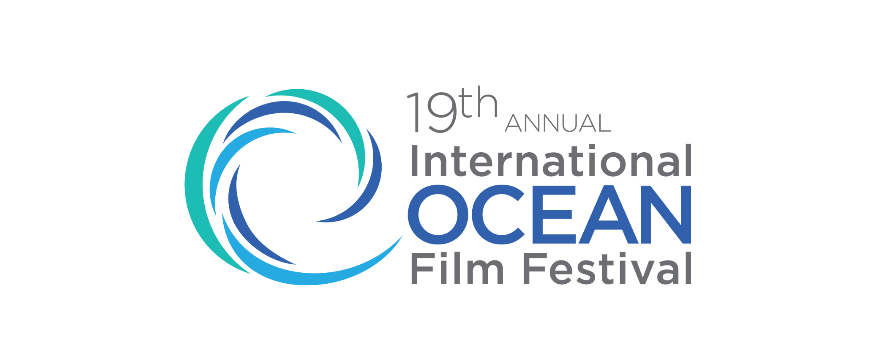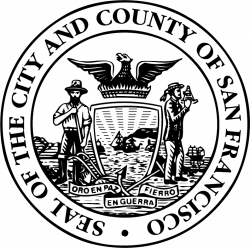AGAINST THE GRAIN THEATRE’S NEW FILM BOUND TO RAISE TOUGH QUESTIONS
For Immediate Release: March 8th, 2022
AGAINST THE GRAIN THEATRE’S NEW FILM BOUND TO RAISE TOUGH QUESTIONS
Four life stories that challenge Canada’s myth of belonging are tied together by Handel’s enduring music, a stellar cast of voices and in association with Crow’s Theatre and the Toronto Symphony Orchestra.
Watch the trailer for BOUND — by Dylan Toombs
TORONTO, March 8, 2022— “How welcoming are we as a country, as a city, as a community?” These questions are posed in the contemporary hybrid opera-film BOUND presented by Against the Grain Theatre (AtG) in association with Crow’s Theatre and the Toronto Symphony Orchestra.
BOUND premieres online at 8 PM EST on March 27th, 2022, and is co-directed by the creators of last year’s daring, internationally acclaimed and Juno-nominated Messiah/Complex, AtG Artistic Director Joel Ivany and Banff Centre for Arts and Creativity Director of Indigenous Arts Reneltta Arluk.
BOUND’s libretto is written by Ivany, whose lyrics explore ripped-from-the-headlines social issues interwoven with interviews featuring four Canadian citizens of diverse backgrounds who have each had challenging—and remarkably different—journeys finding their place and voice in Canada.

Our four storytellers: Toronto-born Dr. Nadiya Vasdani, who attended medical school in the Caribbean and did her residency in Flint, Michigan, during the water crisis; Newfoundland and Labrador-born Cindy Rivers, who found work across the country in the oil patch, but struggled with issues related to her gender identity; Dr. Zulfikar Hirji, who immigrated to Canada from Uganda in the 1970s as a political refugee only to face barriers of racism in his new homeland; and Rania Younes, who had a thriving career in advertising in Dubai before relocating to Canada, where she tried to break into the industry, with little success.
BOUND is about the transformational experiences of our four storytellers, and these non-fiction narratives undergo their own transformation in the film—shape-shifting from interview segments exploring their lived experiences into song.
The storytellers are represented in the film by musical avatars, including AtG alumni and celebrated Canadian singers: Miriam Khalil (soprano), Andrew Haji (tenor), and Justin Welsh (baritone), and making her AtG and Canadian debut, American trans woman Breanna Sinclairé (lyric soprano).

The power and emotion of these vocals propel BOUND, guided by composer Kevin Lau’s surprising and creative score, which will have opera fans recognizing a number of segments from Handel’s operas and oratorios.
Handel’s work emerged as a base for BOUND, which began as an exploratory AtG workshop in 2017, with singers choosing arias that resonated with them personally, and Lau adding creativity and deviations to Handel’s music. Parallels developed between the stories being told—lives which had deviated from what society expected them to be—and the deviations that Lau brought to Handel’s original scores. In BOUND, Lau enjoys the freedom to move around his source material, zooming in and out — plucking samples from Handel’s music to riff off — and creating something new in the musical journey, enhanced by the electronic design of Toronto DJ ACOTE (Jeff-Antoine Côté).
The film’s music and vocals are anchored with assurance by the mighty sounds of the Toronto Symphony Orchestra, conducted by Nathan Brock.

“The stories represented in AtG’s BOUND are posing some very direct and challenging questions that pull at the threads of the cozy, Canadian narrative that we are an accepting nation which celebrates diversity, and welcomes newcomers to our vast and resource-rich lands,” said co-director Joel Ivany. “While these stories are connected through themes of alienation, adaptation, and transformation, they also offer us unique portraits of resilience, strength, and hope.”
“Crow’s Theatre was so proud to host Against The Grain last year for a digital residency at Streetcar Crowsnest. AtG has been a trailblazer during the pandemic, creating dazzling screen-based work that reaches new audiences and redefines what a contemporary opera producer can be,” said Crow’s Theatre Artistic Director Chris Abraham. “We are very honoured to be a small part of their newest work BOUND and can’t wait for Crow’s audiences to discover their latest filmed creation.”
“The Toronto Symphony Orchestra is thrilled to partner with Against the Grain Theatre on BOUND, another work that furthers the musical conversation between art and community-building,” said Gustavo Gimeno, Toronto Symphony Orchestra Music Director. “As with Messiah/Complex, I know our audience will appreciate the innovation, imagination and insight that BOUND offers and the ability to appreciate the way music can shed light onto our very personal stories.”
Where, When, and How to Watch
AtG’s BOUND will be available to stream on-demand beginning March 27th – April 24th.
Ticket registration for this performance is available free of charge.
Registration is now available at https://bit.ly/boundtix
ABOUT AtG
Against the Grain Theatre (AtG) is an award-winning Canadian opera company committed to revitalizing the operatic art form by presenting an eclectic array of musical works in unconventional spaces and innovative ways. With a mandate to create and introduce audiences to outside-the-box opera experiences, AtG performs fresh, daring re-interpretations of classical repertoire to create thrilling, intimate, unforgettable experiences shared between artists and audiences.
For more information, please visit AtG online at atgtheatre.com, on Twitter and Instagram @AtGTheatre, and on Facebook at facebook.com/AtGTheatre.
About Crow’s Theatre
CROW’S THEATRE ignites passionate and enduring engagement between our audiences and artists by creating, producing, and promoting unforgettable theatre that examines and illuminates the pivotal narratives of our times. Founded in 1983, Crow’s Theatre has premiered over 50 new, daring, Canadian works, including the multiple-award-winning production of Brad Fraser’s Unidentified Human Remains and the True Nature of Love; John Mighton’s A Short History of Night, James O’Reilly’s Time After Time: The Chet Baker Project, Lee MacDougall’s High Life, Annabel Soutar’s The Watershed, Kristen Thomson’s The Wedding Party, Julius Caesar and Tartuffe with Groundling Theatre Company and Canadian Stage, The Flick with Outside the March, Emil Sher’s adaptation of Ian Brown’s The Boy in the Moon, and Cliff Cardinal’s radical retelling of As You Like It.
About TSO
One of Canada’s most respected arts organizations, the Toronto Symphony Orchestra (TSO) plays a vital role in the city’s dynamic cultural life. Committed to serving local and national communities through vibrant performances and expansive educational activities, the TSO offers a wide range of programming that resonates with people of all ages and backgrounds. With a notable recording and broadcast history complementing international touring engagements, the TSO is a unique musical ambassador for Canada around the world.
— 30 —
MEDIA CONTACT
Joshua Knelman
Communications
Against the Grain Theatre
media@againstthegraintheatre.com
MEDIA CONTACT
Robin Whiffen
Executive Director
Against the Grain Theatre
robin@againstthegraintheatre.com


